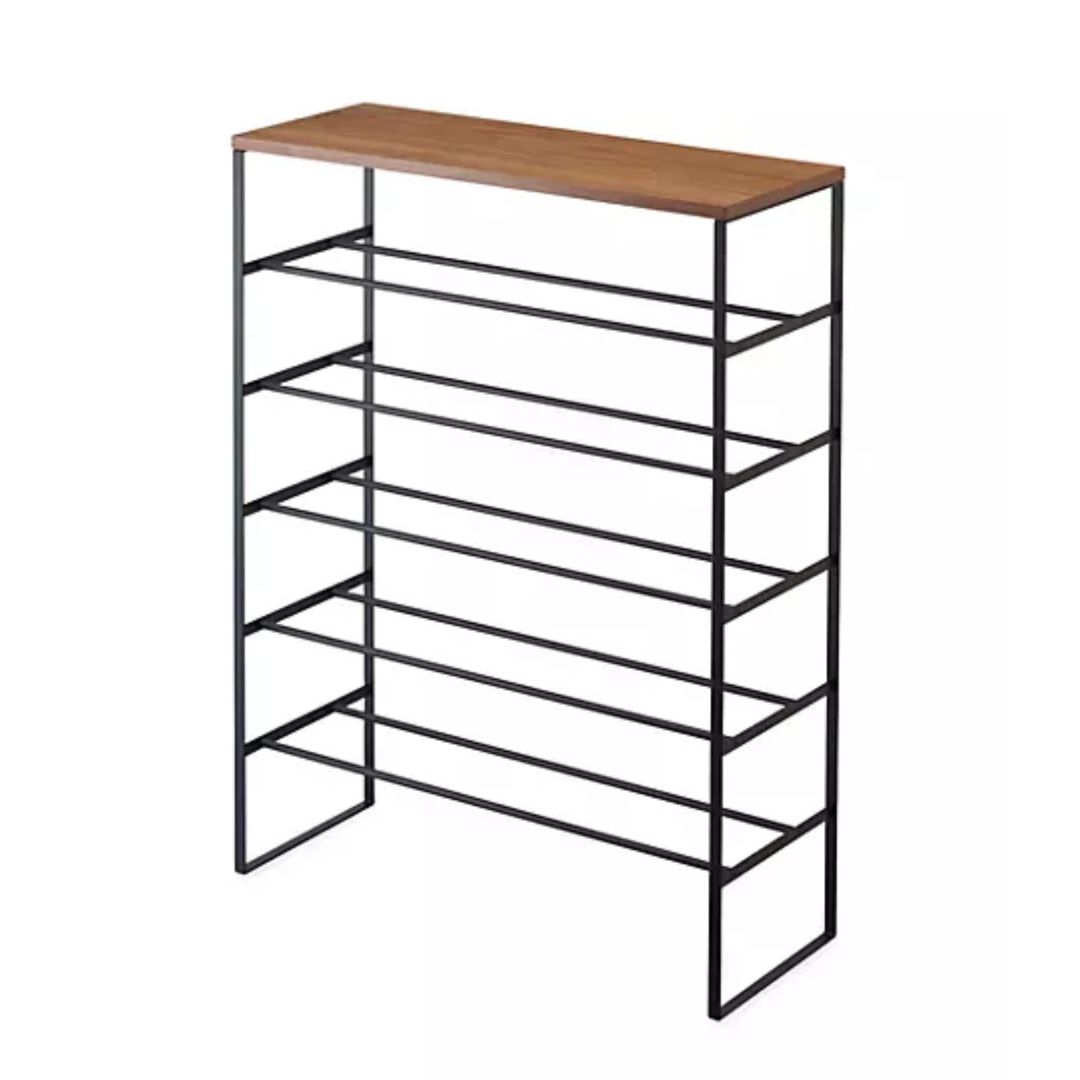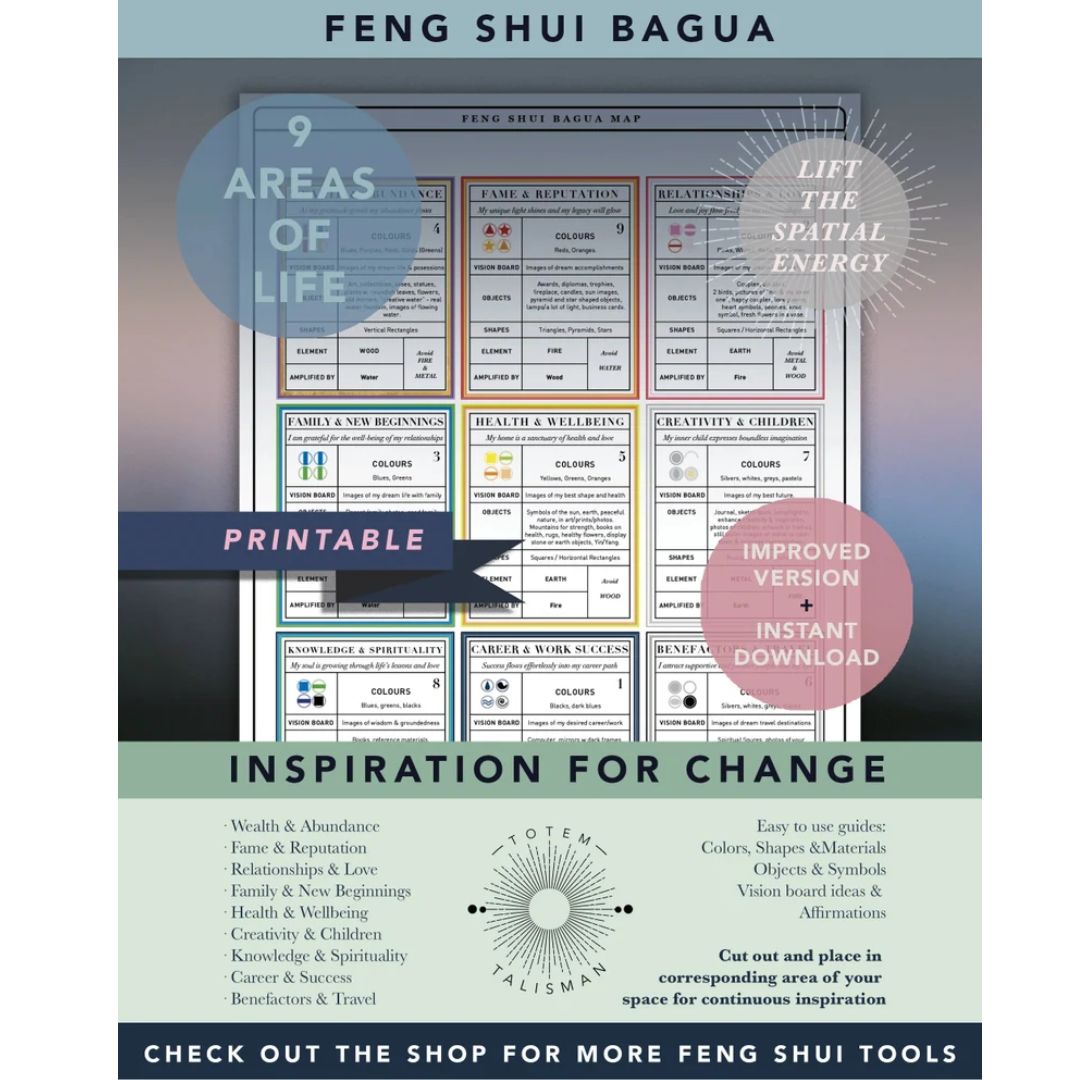How To Declutter For Better Feng Shui — 3 Areas Experts Focus On For Free-Flowing Qi
To live a healthy and happy life, Feng Shui experts point out the bottlenecks of your home that are accumulating clutter and restricting the flow of energy
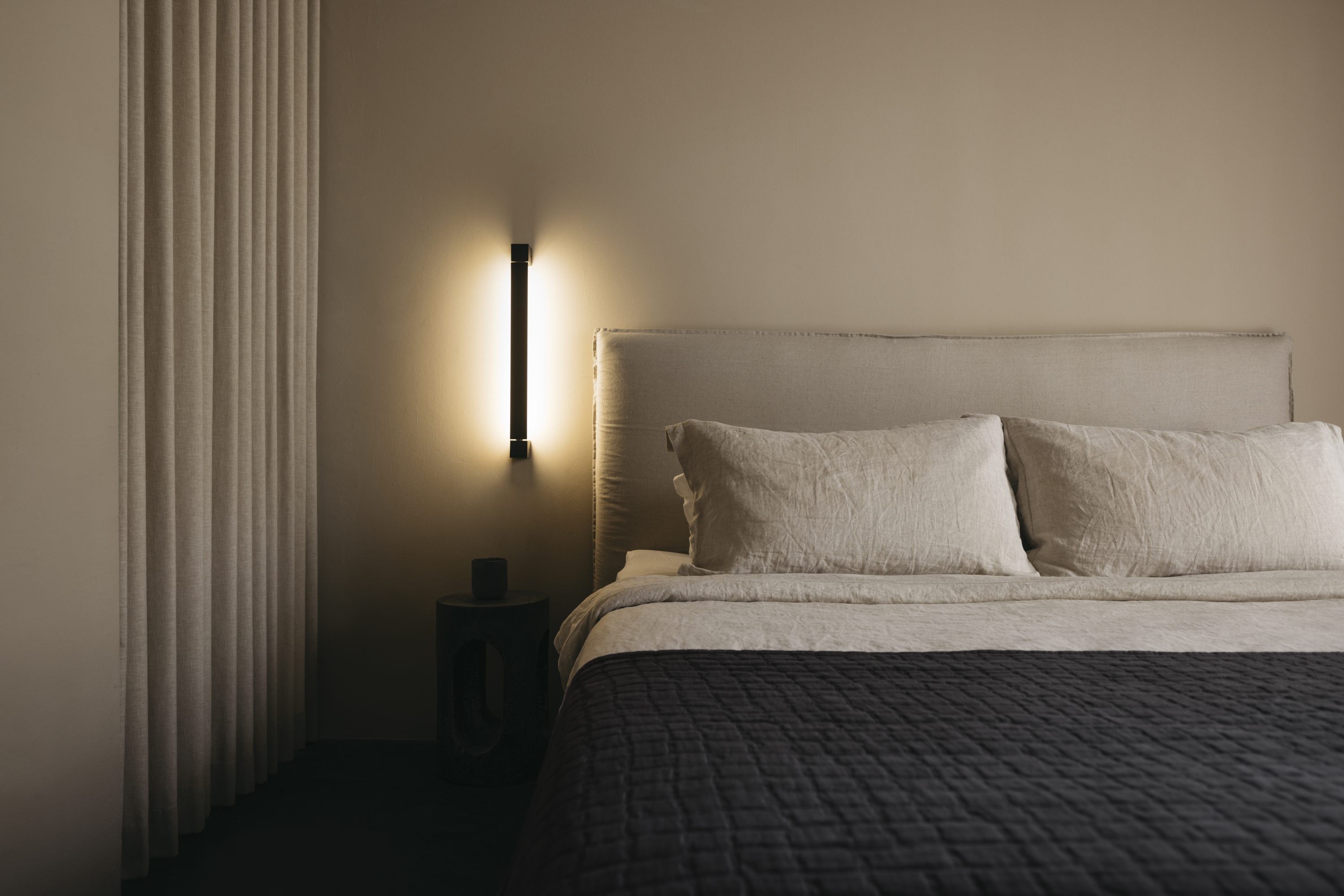

Do you find yourself frequently overwhelmed? Are you stuck in a rut in your relationship, or are you unable to progress at work? As per Feng Shui experts, it could be because of the stagnant energy in your home.
Feng Shui is an ancient Chinese tradition that isn't only about furniture placements and adding fresh plants — it is first and foremost about creating the perfect foundation to build a positive environment at home. And that starts with decluttering. Knowing how to declutter your home is part of a general quest for balance and calm by dealing with the things that have built up.
If you're looking to create a more peaceful and calming home, then these entryway, bedroom, and living room Feng Shui decluttering rules are important to take note of. Get ready to see positive changes in your life.
1. Entrance
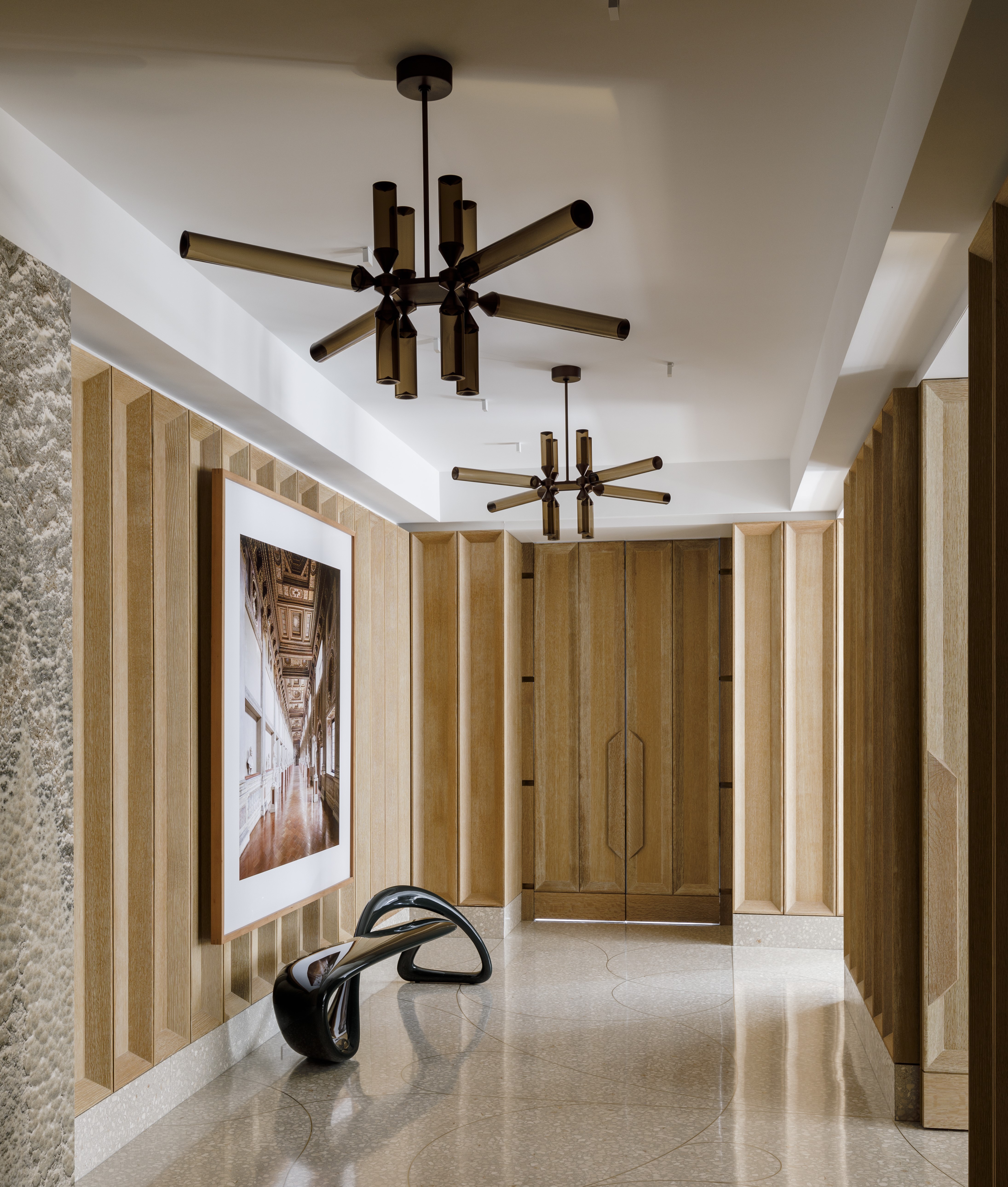
Energy enters from the main door and flows throughout the home. But a big entryway Feng Shui mistake is to clutter up the area such that it becomes a cesspool of negativity and chaos.
'It's all about looking at what's happening around the entry door,' says Feng Shui expert Anjie Cho. 'Do you have objects that are blocking the entry door, and making it hard for the door to be opened completely...or even blocking the pathway? Look to the floor first because people tend to have things like shoes accumulated here. It's best to keep those away from the door. Another thing that can hamper the flow of qi is a doormat that is accumulating its own clutter and debris. Sometimes people even end up choosing a thick doormat that makes it hard to open the door.'
For those living in smaller apartments, it is best to keep clutter such as shoes hidden away (say within an entryway bench or closet), on a shoe rack placed away from the entrance. The same can be done with jackets, coats, and umbrellas.
'Also, keeping garbage next to the door — whether it's trash you need to take out, or a bag of things you need to donate — can hamper energy flow,' says Anjie. 'Do not keep a trash bin at the front door too. One way to always ensure your entryway is clean and clutter-free is to bring in a fire element. That can be done by adding a lighting fixture next to the door so you can see more clearly the objects and the collecting dust in the area.'
2. Bedroom

Bedroom Feng Shui is all about creating a zen space that ensures a good night's sleep. This can be hard if your room is messy, untidy, and dirty.
'Many people tend to keep things in the bedroom that aren't related to that area,' says Anjie. 'So for instance accumulating electronic devices, cords, and remotes can be a problem. Even a pile of books is not recommended as these stimulate our thoughts and hamper sleep. Also, people tend to have a chair in the bedroom which is not used for sitting but for keeping a pile of dirty clothes, bags, and other things. It becomes a place where the qi stagnates. You can check the Bagua map to see what corner that chair is placed in. It could be in your relationship area, or the wealth area. And that can help you figure out why your qi is stuck in those aspects of your life.'
'Do pay attention to what's happening under the bed,' says Anjie. 'Make sure it is clear and clean. Too many things under the bed can lead to subconscious blocks. You also want to ensure the entry to your bedroom is unrestricted and uncluttered.'
For perfect harmony in the room, also take a look at how things are arranged inside your wardrobes. Bring in drawer organizers to better arrange wallets, belts, and bags. Streamline your clothes and hang only the ones you will wear this season. Pack the rest and place it in storage.
3. Living room
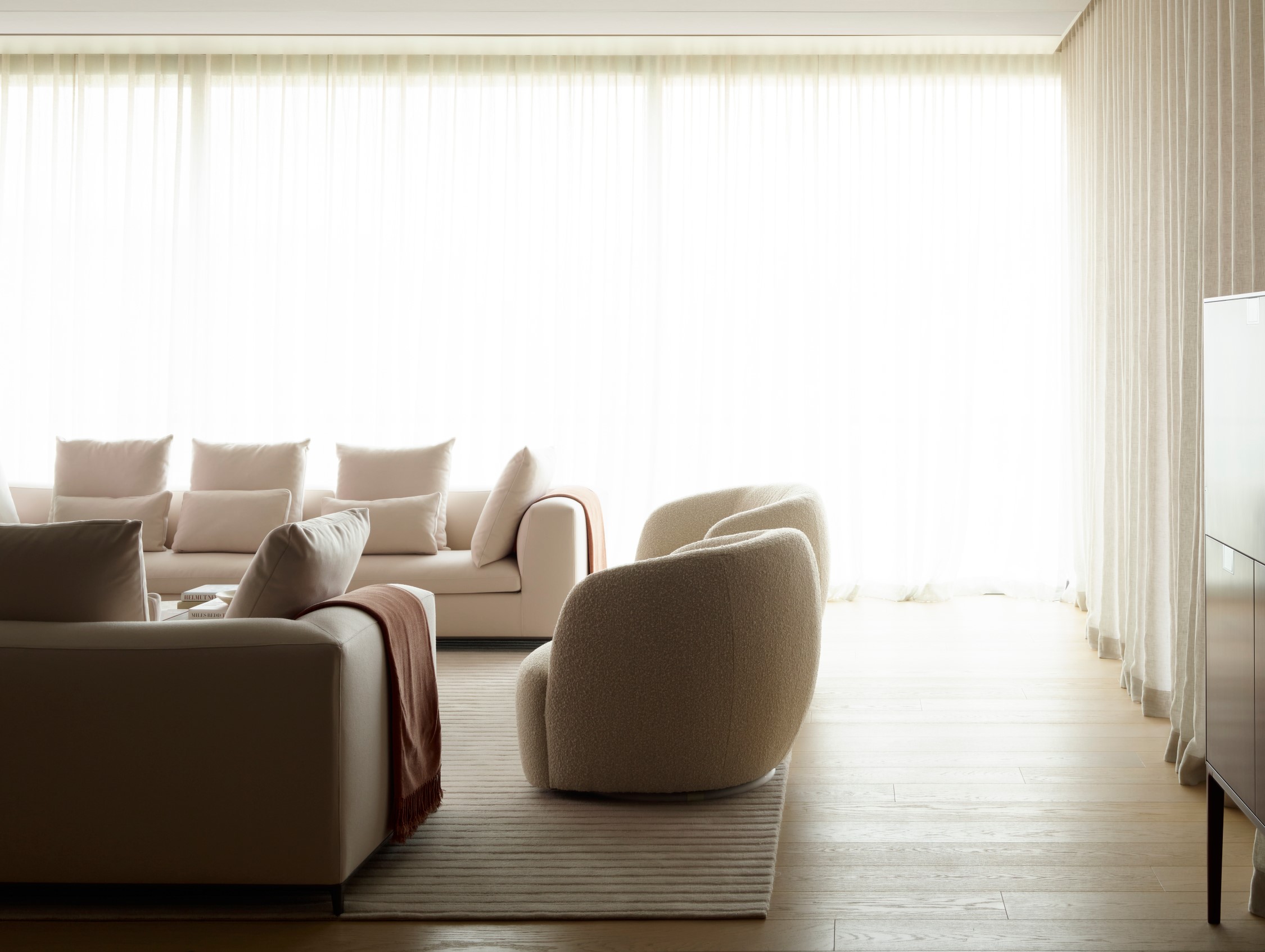
'Living rooms allow friends and family to come together, so you want the energy flowing well to create harmony,' says Laura Morris, co-founder of the Mindful Design Feng Shui School and co-host of the Holistic Spaces podcast. 'Make sure no furniture or clutter is blocking the doors of the living room, as this can affect communication in the household. Also keeping the sofas empty and uncluttered, so everyone has space to sit and socialize is important.'
Do pay close attention to the Feng Shui TV placement in this room. This large object, when placed in the wrong direction or corner can restrict qi. Do not place it in the line of sight as you enter the room; it shouldn't be placed next to the door either. Use the Feng Shui map to figure out areas where the TV placement won't activate toxic influences like sickness and arguments.
3 Products to Improve the Flow of Qi
Be The First To Know
The Livingetc newsletters are your inside source for what’s shaping interiors now - and what’s next. Discover trend forecasts, smart style ideas, and curated shopping inspiration that brings design to life. Subscribe today and stay ahead of the curve.

Aditi Sharma Maheshwari started her career at The Address (The Times of India), a tabloid on interiors and art. She wrote profiles of Indian artists, designers, and architects, and covered inspiring houses and commercial properties. After four years, she moved to ELLE DECOR as a senior features writer, where she contributed to the magazine and website, and also worked alongside the events team on India Design ID — the brand’s 10-day, annual design show. She wrote across topics: from designer interviews, and house tours, to new product launches, shopping pages, and reviews. After three years, she was hired as the senior editor at Houzz. The website content focused on practical advice on decorating the home and making design feel more approachable. She created fresh series on budget buys, design hacks, and DIYs, all backed with expert advice. Equipped with sizable knowledge of the industry and with a good network, she moved to Architectural Digest (Conde Nast) as the digital editor. The publication's focus was on high-end design, and her content highlighted A-listers, starchitects, and high-concept products, all customized for an audience that loves and invests in luxury. After a two-year stint, she moved to the UK and was hired at Livingetc as a design editor. She now freelances for a variety of interiors publications.
-
 Burl Wood Decor Is 2025’s Most Coveted Comeback — Here’s How to Get the Storied Swirls for Less
Burl Wood Decor Is 2025’s Most Coveted Comeback — Here’s How to Get the Storied Swirls for LessIrregularity is the ultimate luxury, but you don’t need an antiques dealer to find it
By Julia Demer Published
-
 5 Garden Features That Instantly Add Value to Your Home — While Making Your Outdoor Space More Practical, too
5 Garden Features That Instantly Add Value to Your Home — While Making Your Outdoor Space More Practical, tooGet to know all the expert tips and tricks for making your backyard a standout selling point for your home.
By Maya Glantz Published
-
 The 52 Weeks Decluttering Challenge Is a Year-Long Process to Tidying Your Home — Here's How to Complete It
The 52 Weeks Decluttering Challenge Is a Year-Long Process to Tidying Your Home — Here's How to Complete ItIf you appreciate an in-depth, detailed approach to home organization, this 52 week challenge will help you maintain a consistently tidy living space.
By Amiya Baratan Published
-
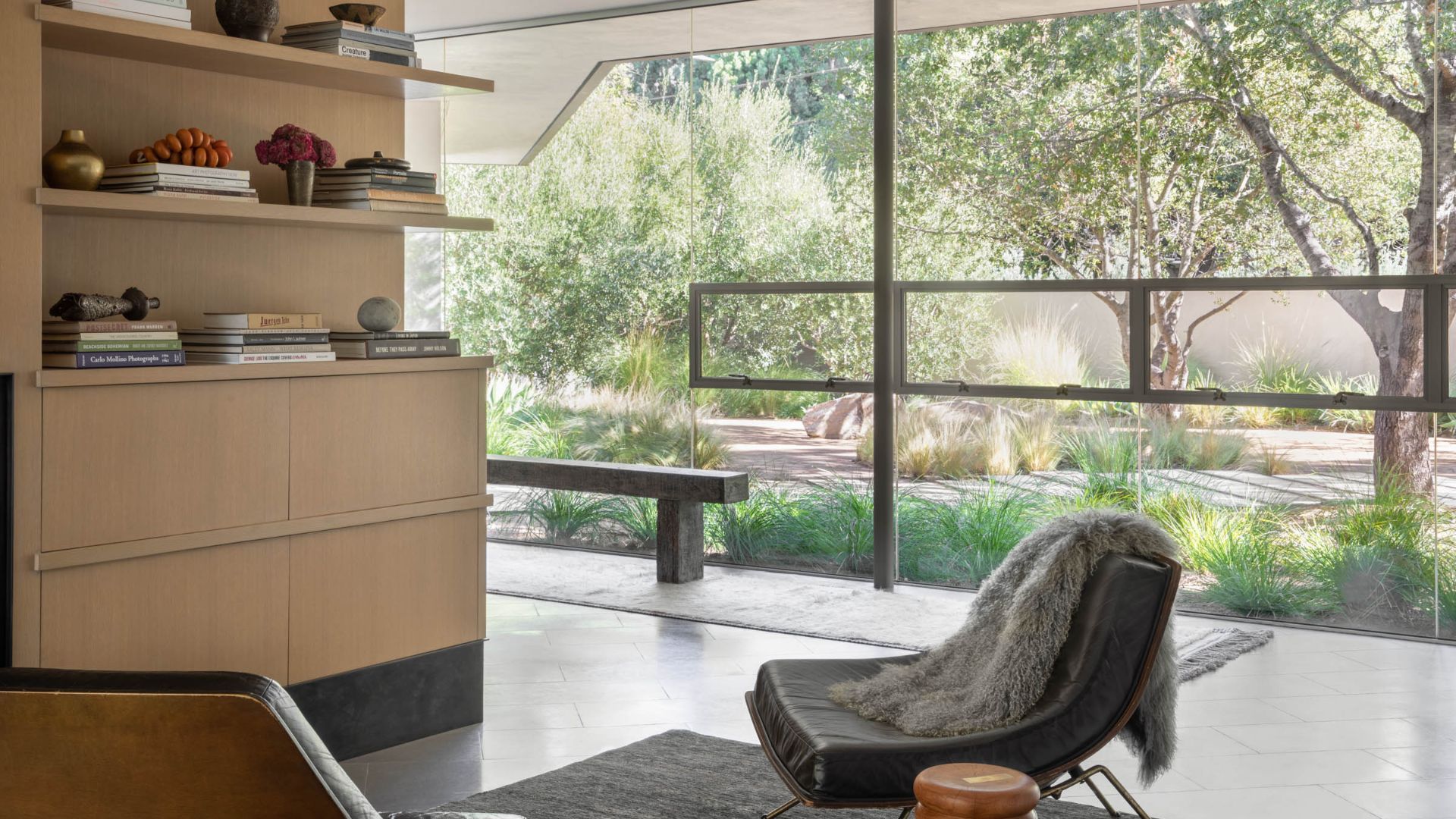 6 Ways Professional Organizers Declutter to Downsize — These Expert Tips Are Perfect for Starting Over
6 Ways Professional Organizers Declutter to Downsize — These Expert Tips Are Perfect for Starting OverWhether you're relocating into a new home or simply following the new year, new me mantra, these tips will make cutting clutter a breeze
By Amiya Baratan Published
-
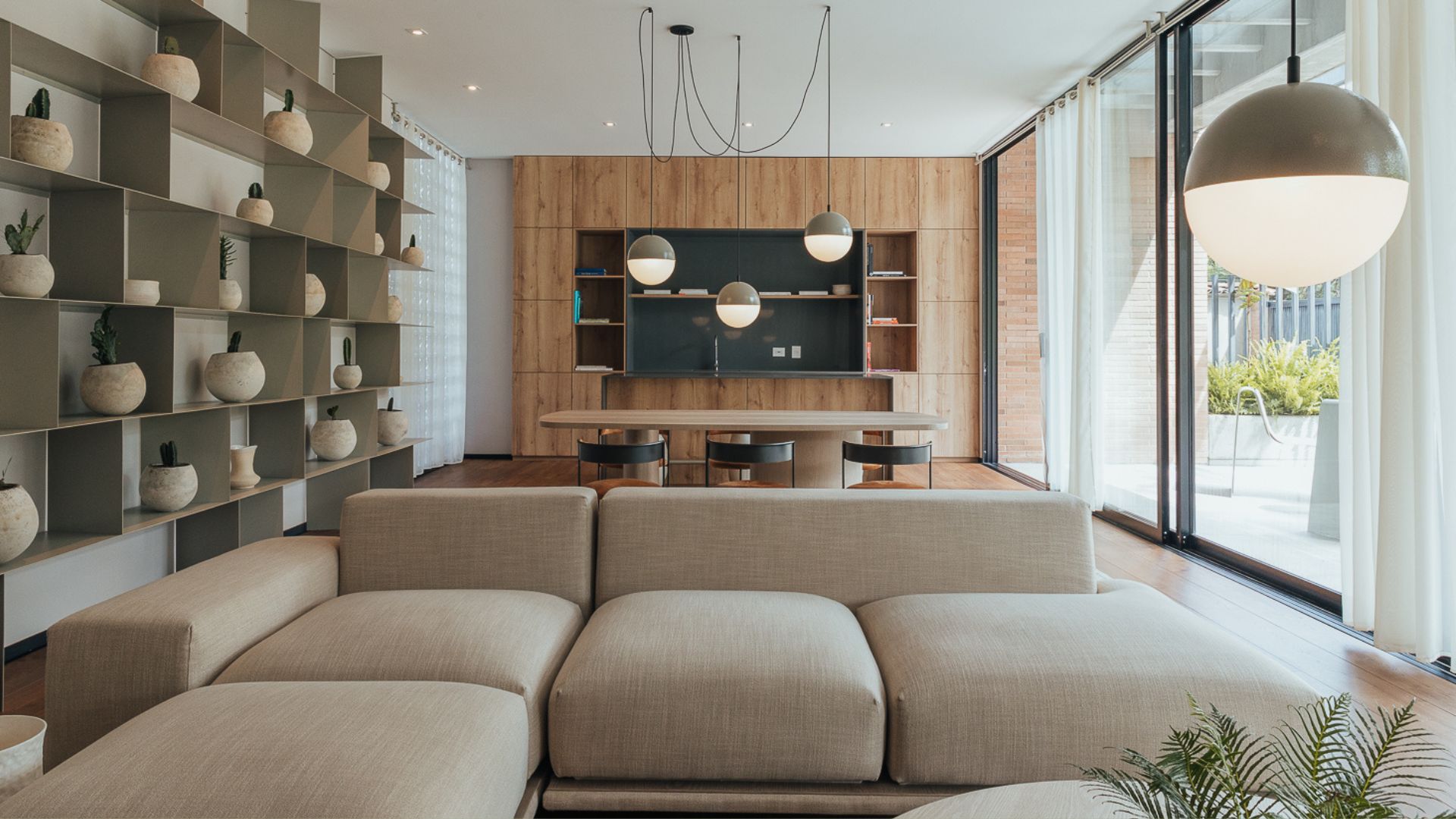 I Tried the Week-By-Week Decluttering Challenge — And Here's What I Learnt About My Home
I Tried the Week-By-Week Decluttering Challenge — And Here's What I Learnt About My HomeTransform your space by taking on this easy-to-follow challenge
By Ciéra Cree Published
-
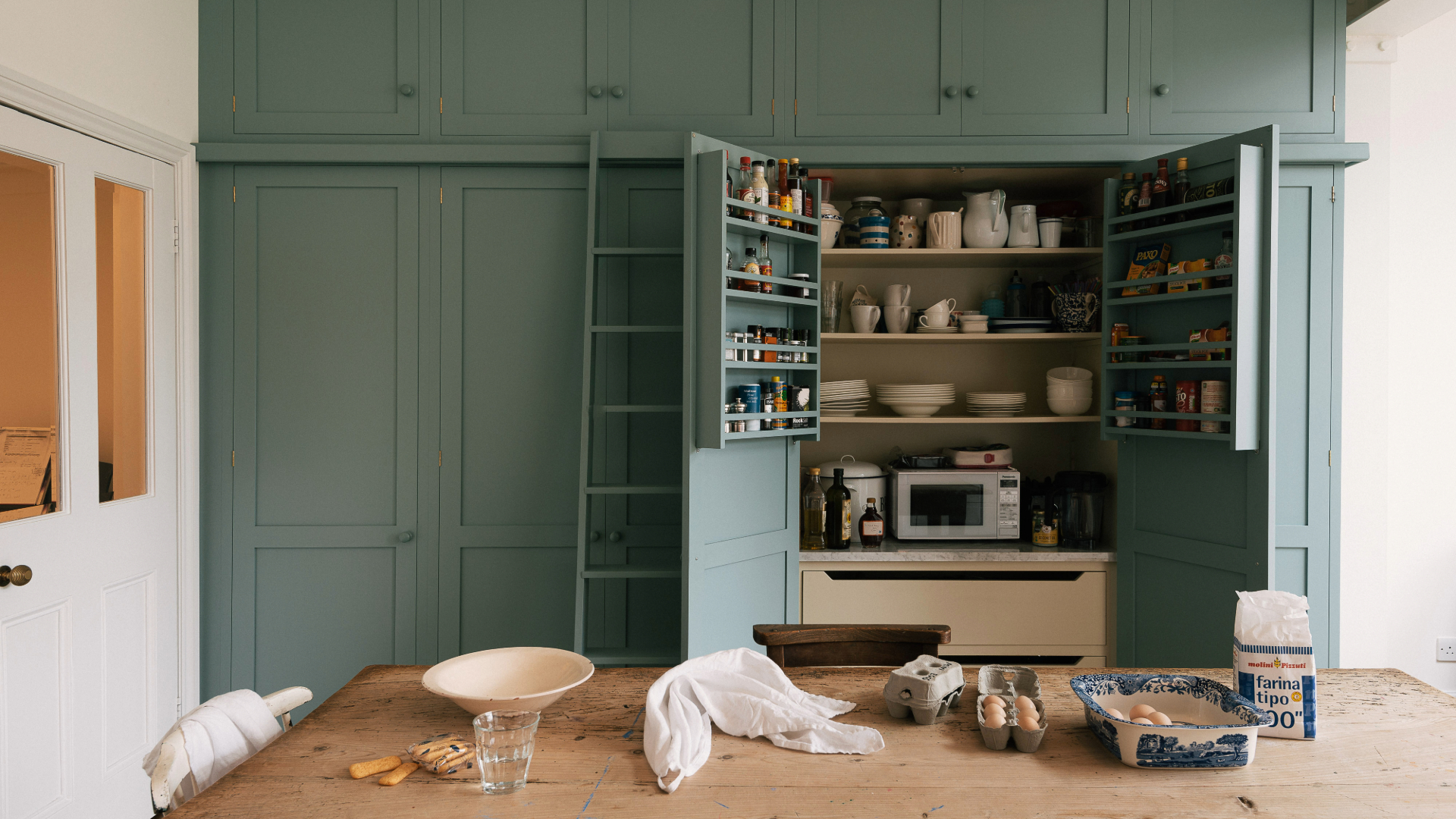 How to Declutter Kitchen Cabinets — 7 Simple Expert Tips to Keep Your Space Streamlined
How to Declutter Kitchen Cabinets — 7 Simple Expert Tips to Keep Your Space StreamlinedThis handy little place Make your kitchen cabinets as streamlined inside as out
By Ciéra Cree Published
-
 Is Decluttering Worth It? Experts Say Yes — and Highlight Why a Clutter-Free Space Feels So Good
Is Decluttering Worth It? Experts Say Yes — and Highlight Why a Clutter-Free Space Feels So GoodThe power of decluttering extends to both your internal and external environment, they say
By Ciéra Cree Published
-
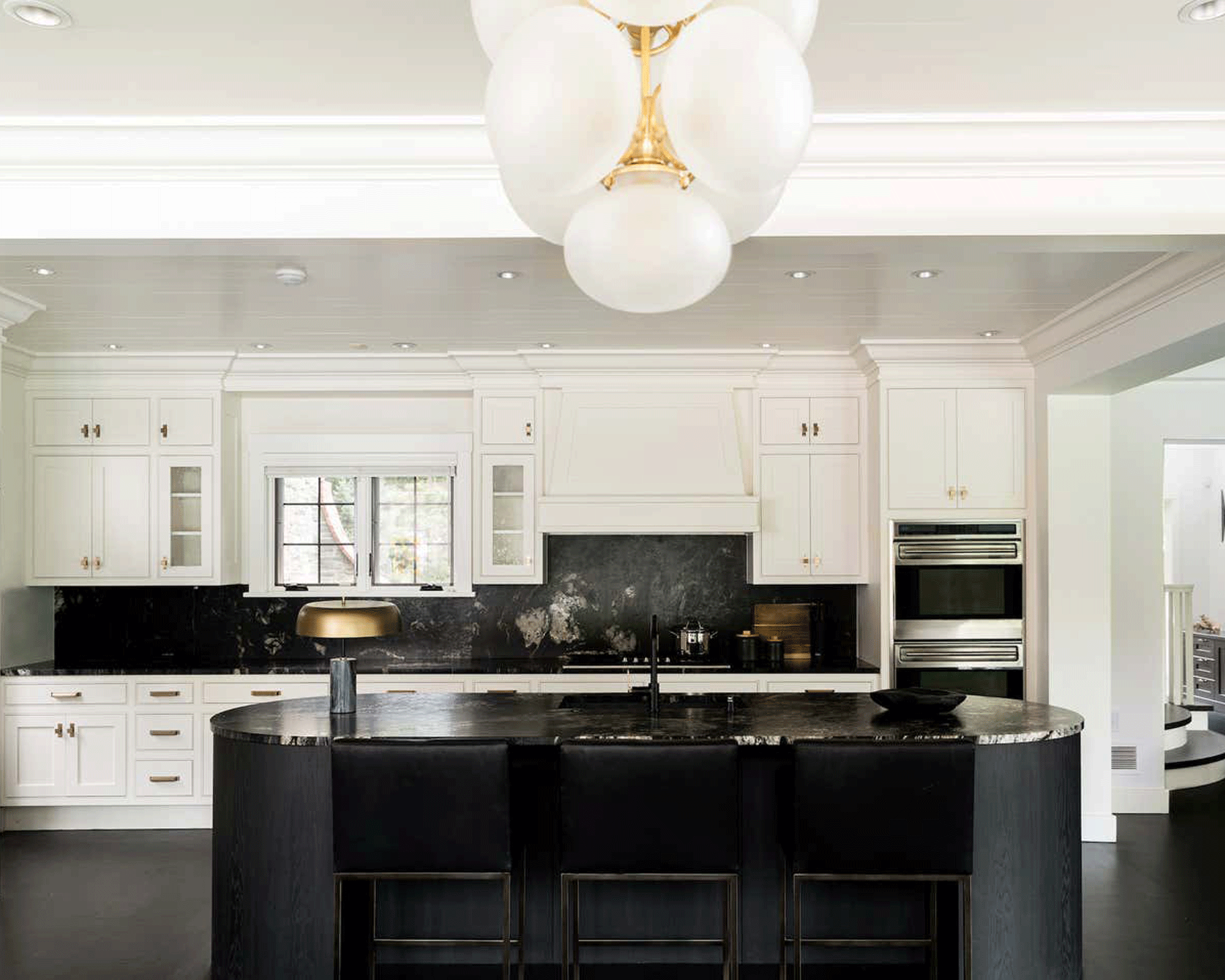 7 Common Kitchen Decluttering Mistakes You're Probably Making — And What You Can Do to Fix Them
7 Common Kitchen Decluttering Mistakes You're Probably Making — And What You Can Do to Fix ThemWishing for a clutter-free space to cook and entertain in? Well, here's what you need to avoid
By Becca Cullum-Green Published
-
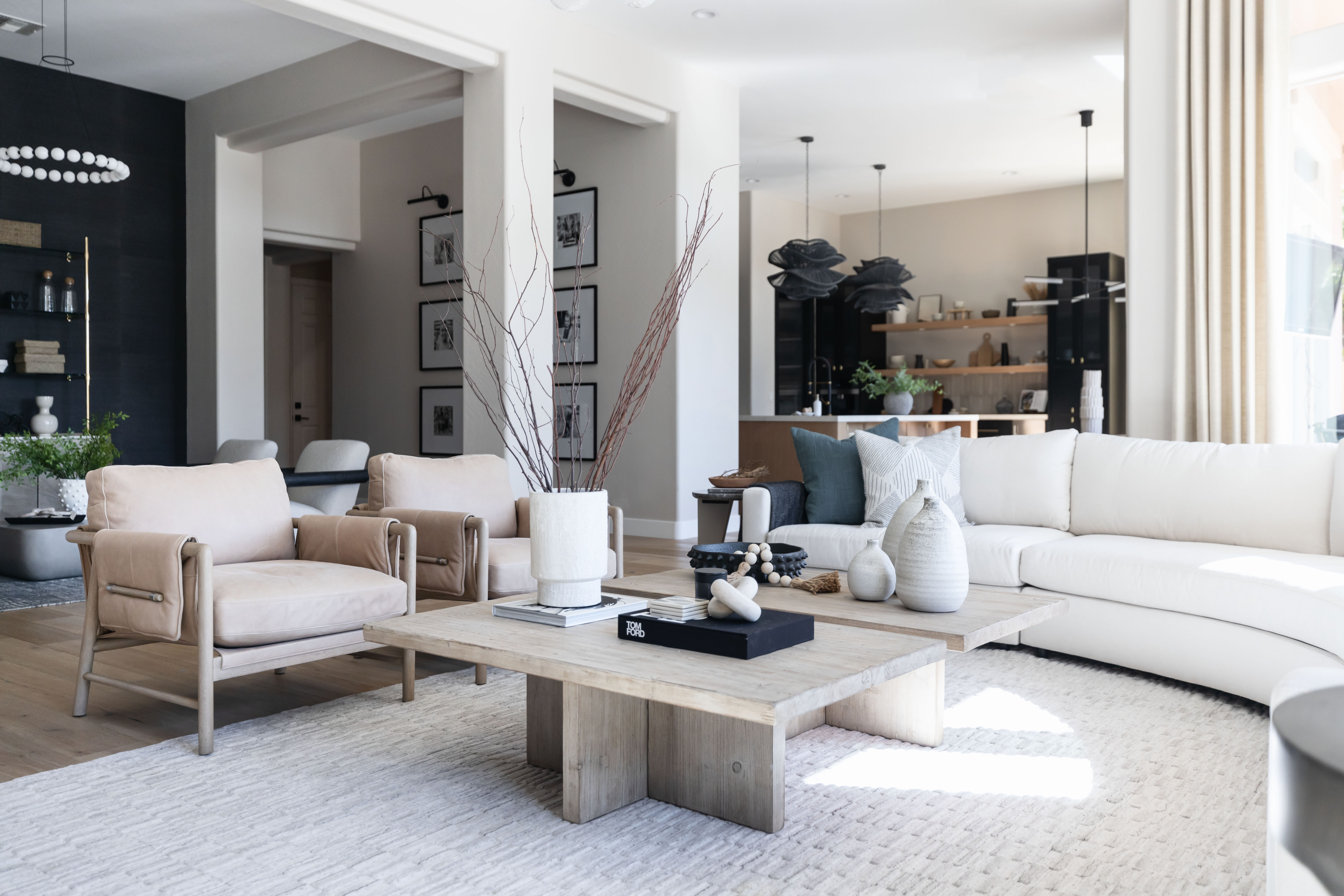 What to Do With Old Stuff When Decluttering — 5 Simple Ways to Cull Clutter
What to Do With Old Stuff When Decluttering — 5 Simple Ways to Cull ClutterFrom donating to recycling, experts discuss what you can do to remove old items from your space
By Becca Cullum-Green Published
-
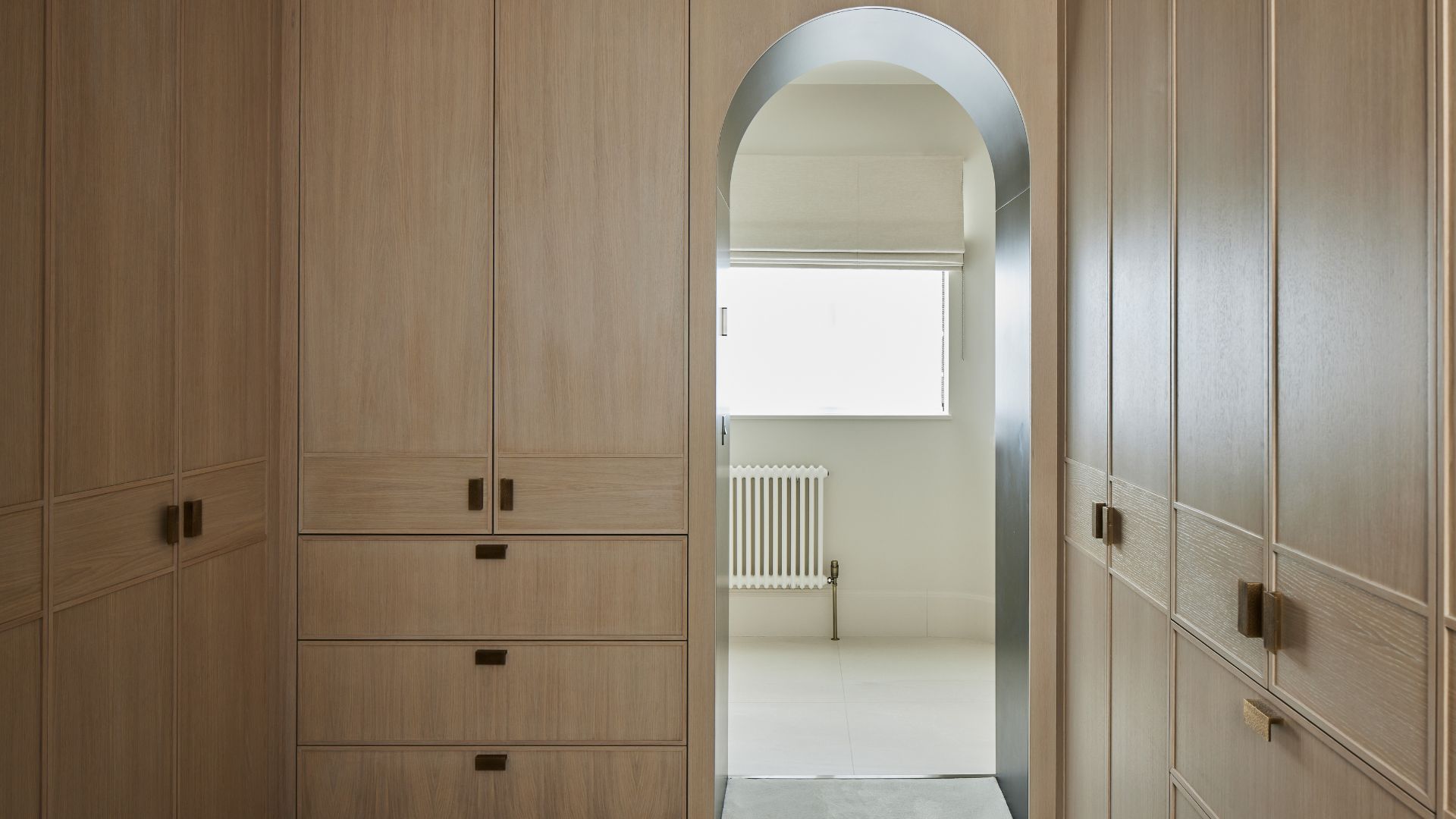 How to Declutter a Closet — Professional Organizers Say There Are 7 Simple Ways to Free Up Space Quickly
How to Declutter a Closet — Professional Organizers Say There Are 7 Simple Ways to Free Up Space QuicklyCreate an area for your clothing and shoes that is easy to access using these smart expert tips
By Ciéra Cree Published
